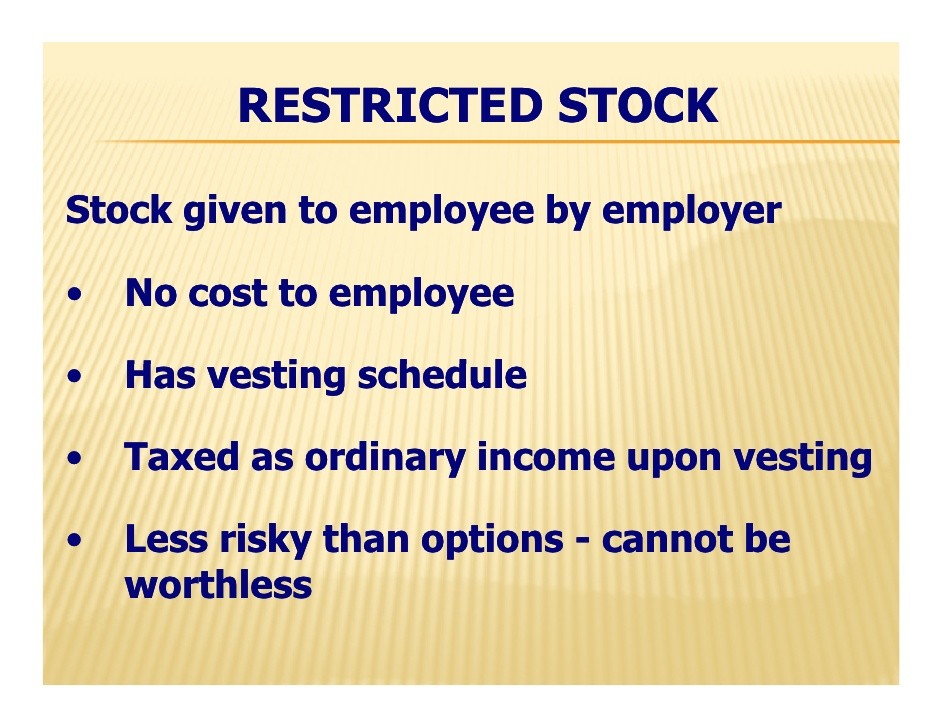Taxation of Employee Stock Options NQs and ISOs
Post on: 15 Апрель, 2015 No Comment

Incentive and Non-Qualified Options Are Taxed Differently
Taxes depend on the type of stock option you own. JohnLamb/GettyImages
There are two types of employee stock options, non-qualified stock options (NQs) and incentive stock options (ISOs). Each are taxed quite differently. Both are covered below.
Taxation of Non-Qualified Stock Options
When you exercise non-qualified stock options, the difference between the market price of the stock and the grant price (called the spread) is counted as ordinary earned income. even if you exercise your options and continue to hold the stock.
Earned income it is subject to payroll taxes (Social Security and Medicare), as well as regular income taxes at your applicable tax rate.
You pay two types of payroll taxes :
- OASDI or Social Security – which is 6.2% on earnings up to the Social Security benefit base which is $110,100 in 2012 (See current and past year’s benefit base .)
- HI or Medicare — which is 1.45% on all earned income even amounts that exceed the benefit base.
If your earned income for the year already exceeds the benefit base than your payroll taxes on gain from exercising your non qualified stock options will be just the 1.45% attributable to Medicare.

If your year-to-date earned income is not already in excess of the benefit base than when you exercise non-qualified stock options you will pay a total of 7.65% on gain amounts up until your earned income reaches the benefit base, than 1.45% on earnings over the benefit base.
You should not exercise employee stock options strictly based on tax decisions, however keep in mind that if you exercise non-qualified stock options in a year where you have no other earned income, you will pay more payroll taxes than you’ll pay if you exercise them in a year where you do have other sources of earned income.
In addition to the payroll taxes, all income from the spread is subject to ordinary income taxes. If you hold the stock after exercise. and additional gains beyond the spread are achieved, the additional gains are taxed as a capital gain (or as a capital loss if the stock went down). At Fairmark.com’s Tax Guide for Investors you can find additional details on taxes that apply when you exercise non-qualified stock options .
Taxation of Incentive Stock Options
Unlike non-qualified stock options, gain on incentive stock options is not subject to payroll taxes, however it is of course, subject to tax, and it is a preference item for the AMT (alternative minimum tax) calculation.
When you exercise an incentive stock option there are a few different tax possibilities:
- You exercise the incentive stock options, and sell the stock within the same calendar year. In this case you pay tax on the difference between the market price at sale and the grant price at your ordinary income tax rate.
You may also want to download this PDF titled The ISO Tax Trap And The AMT Credit Myth: What To Do Before Exercise And At Year-End. It provides a step by step guide on how to evaluate tax consequences of exercising ISOs.














